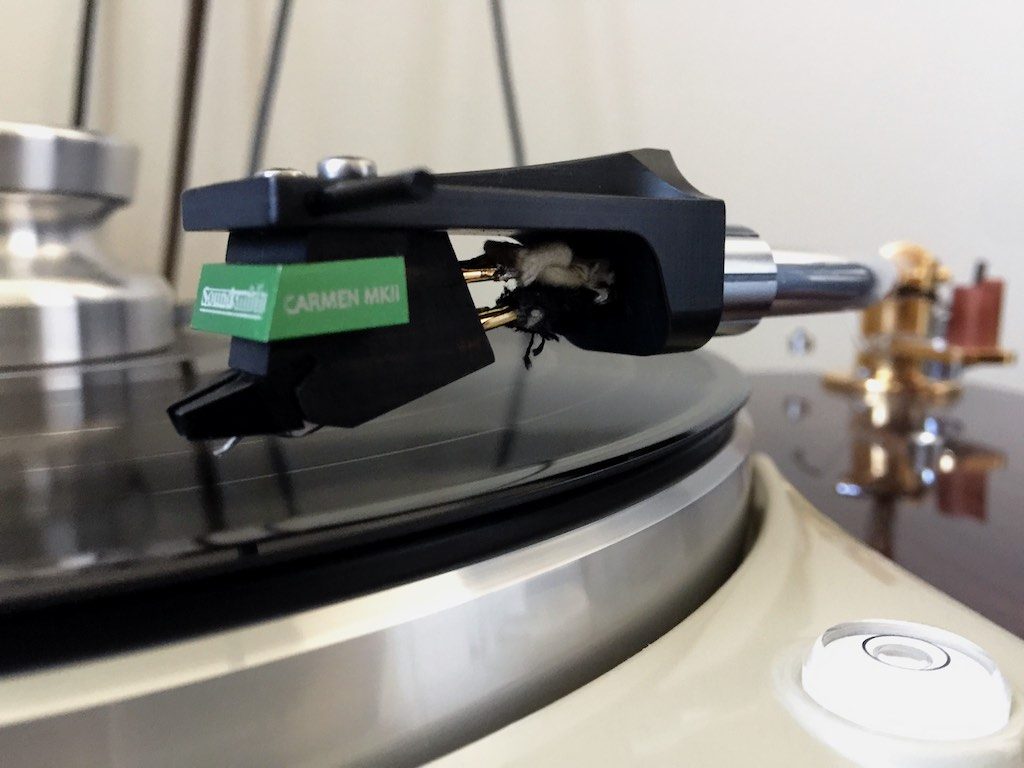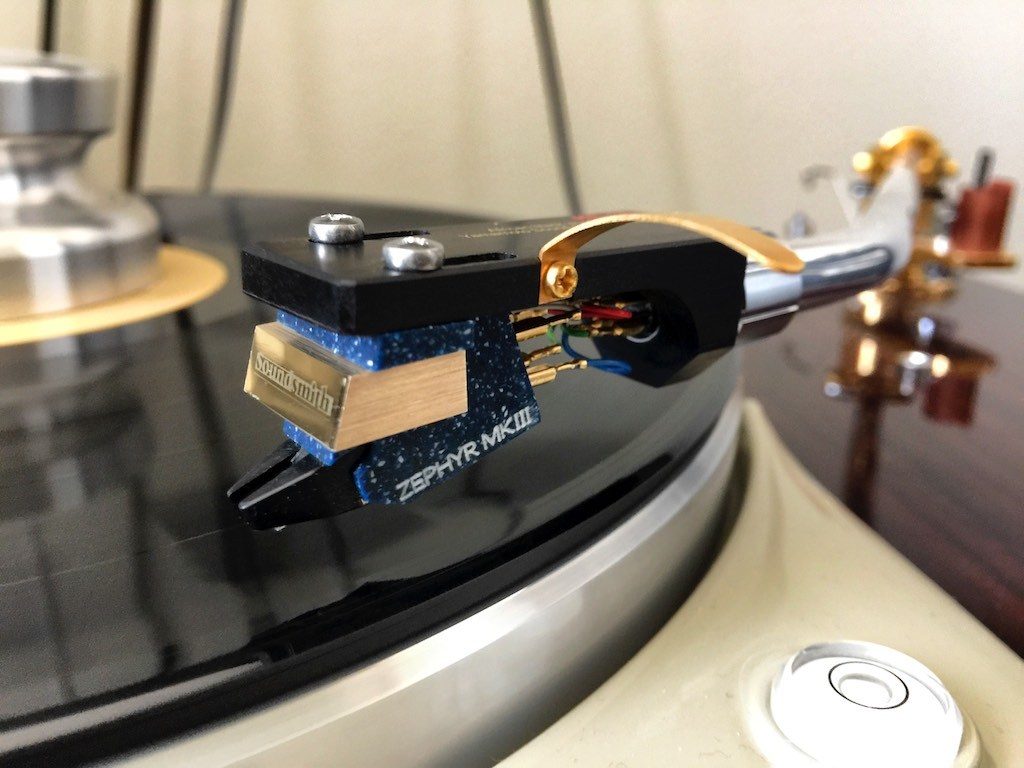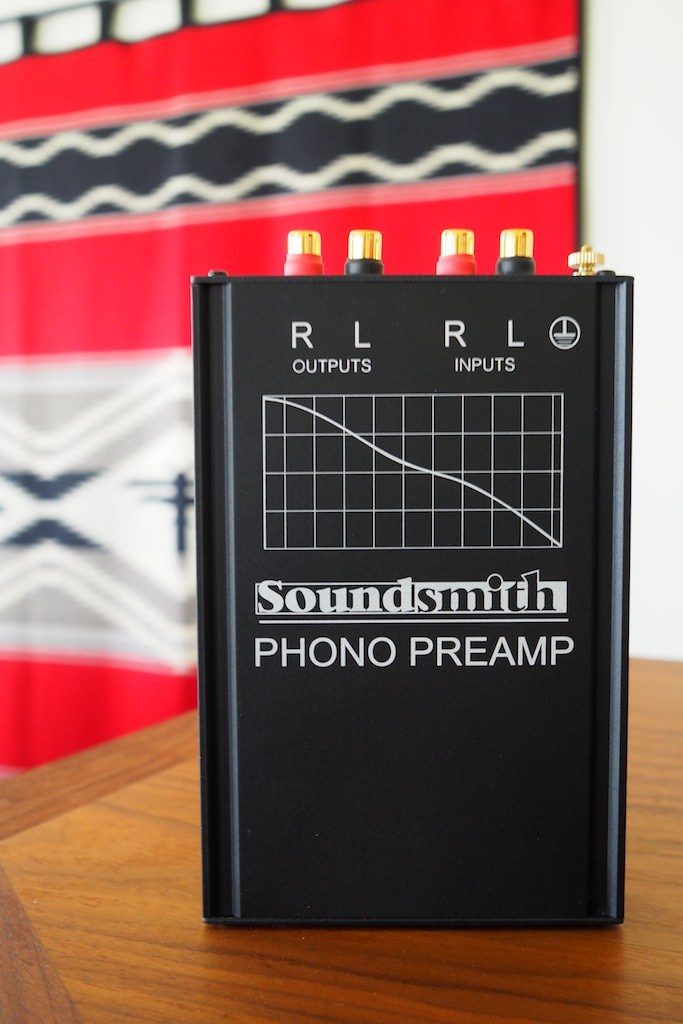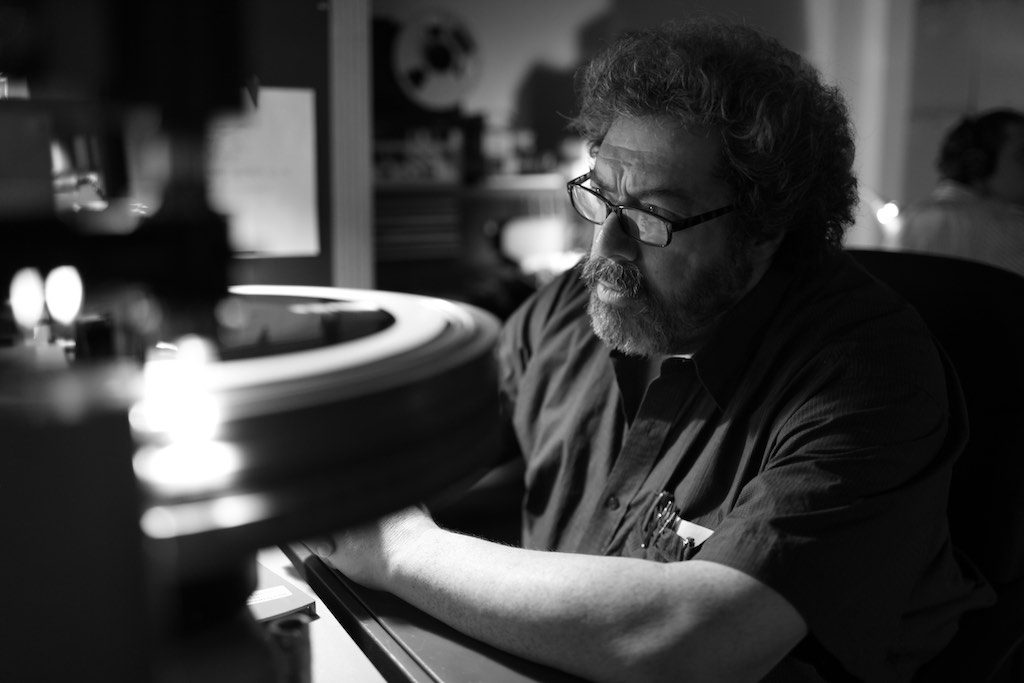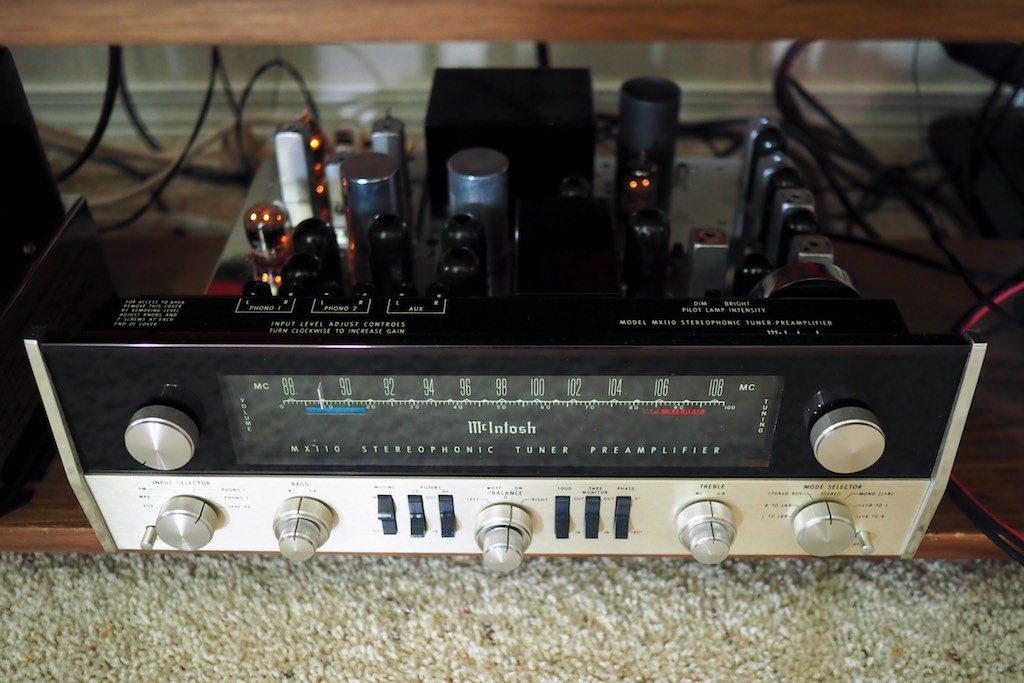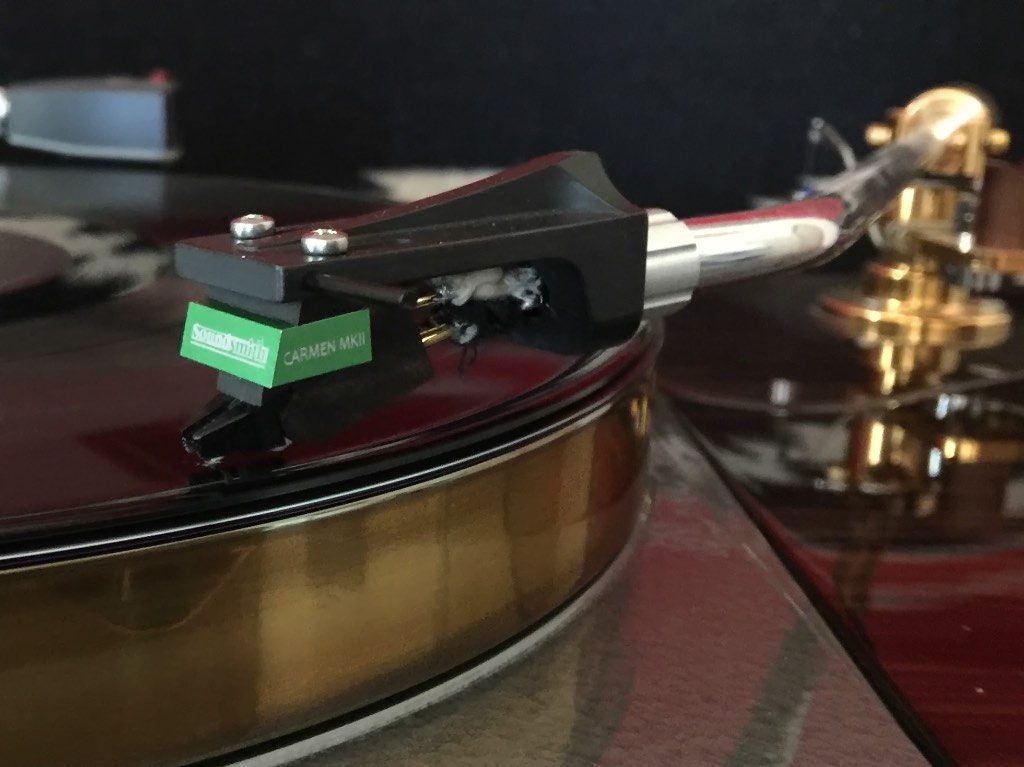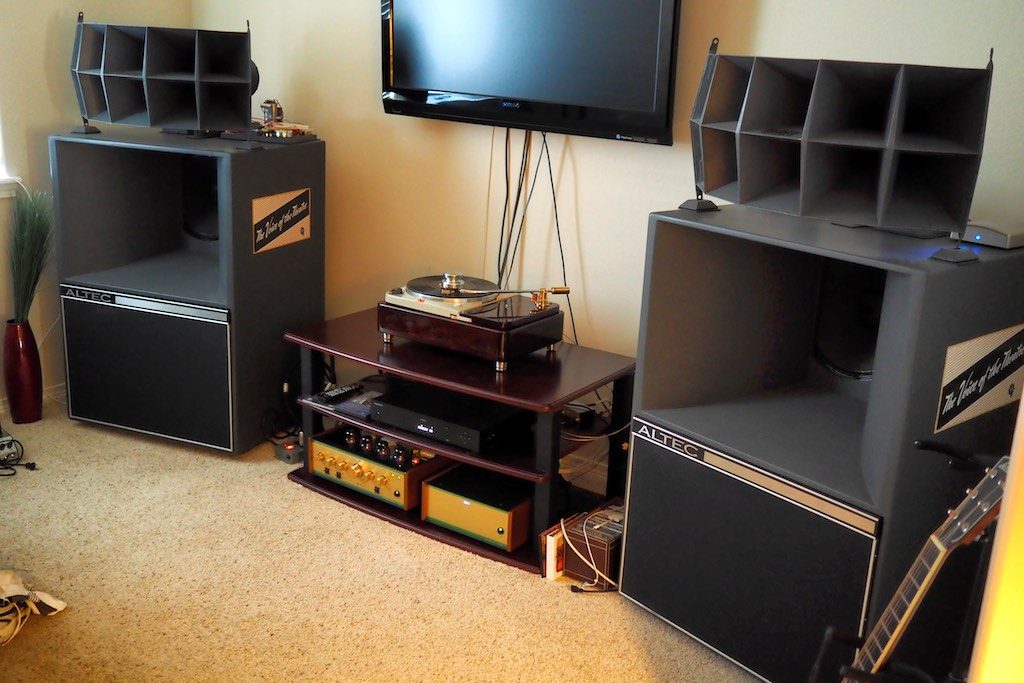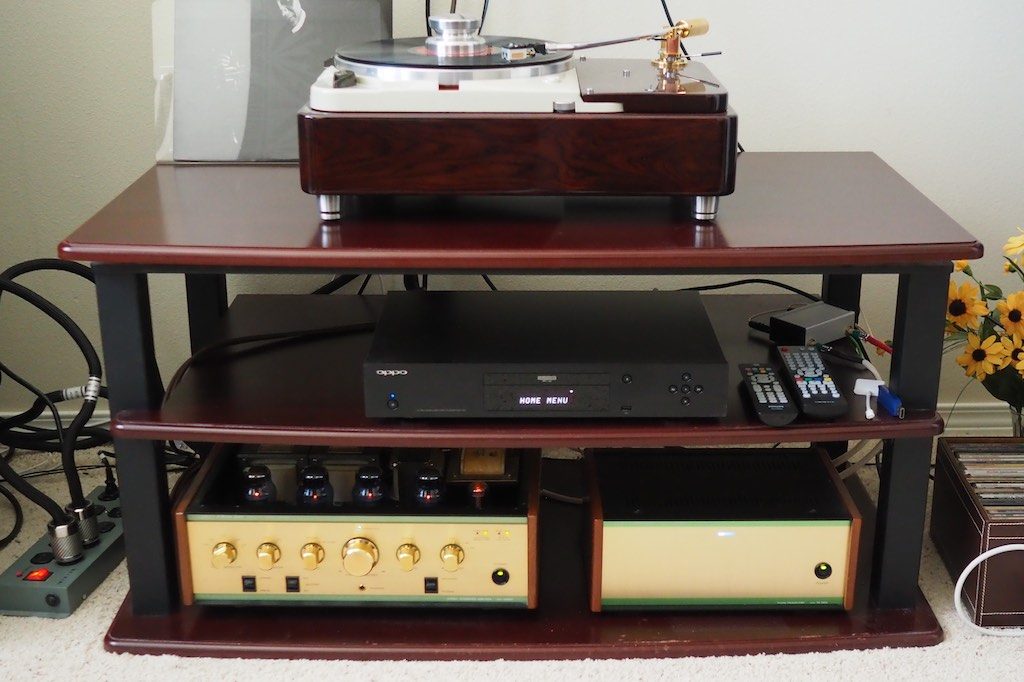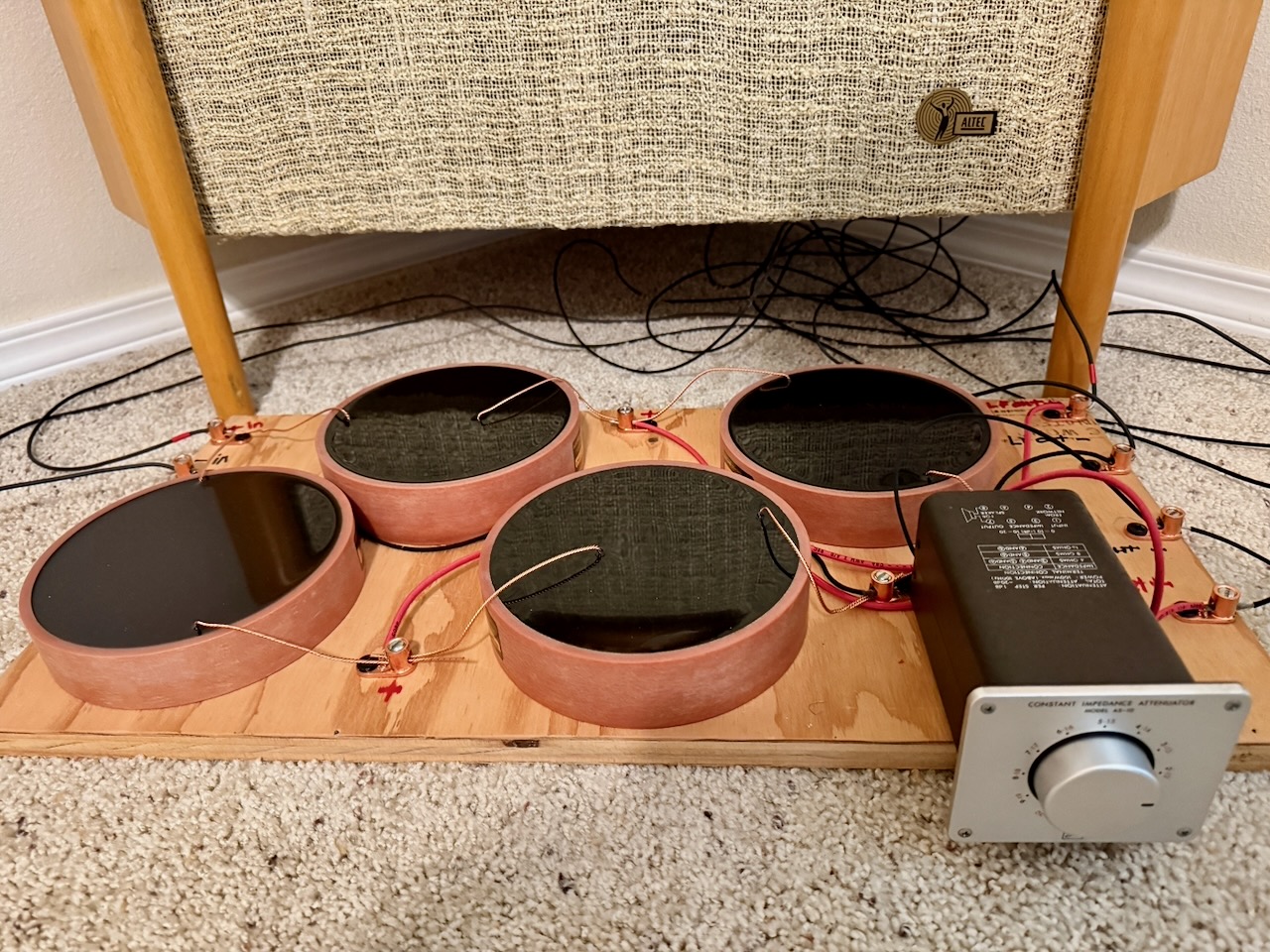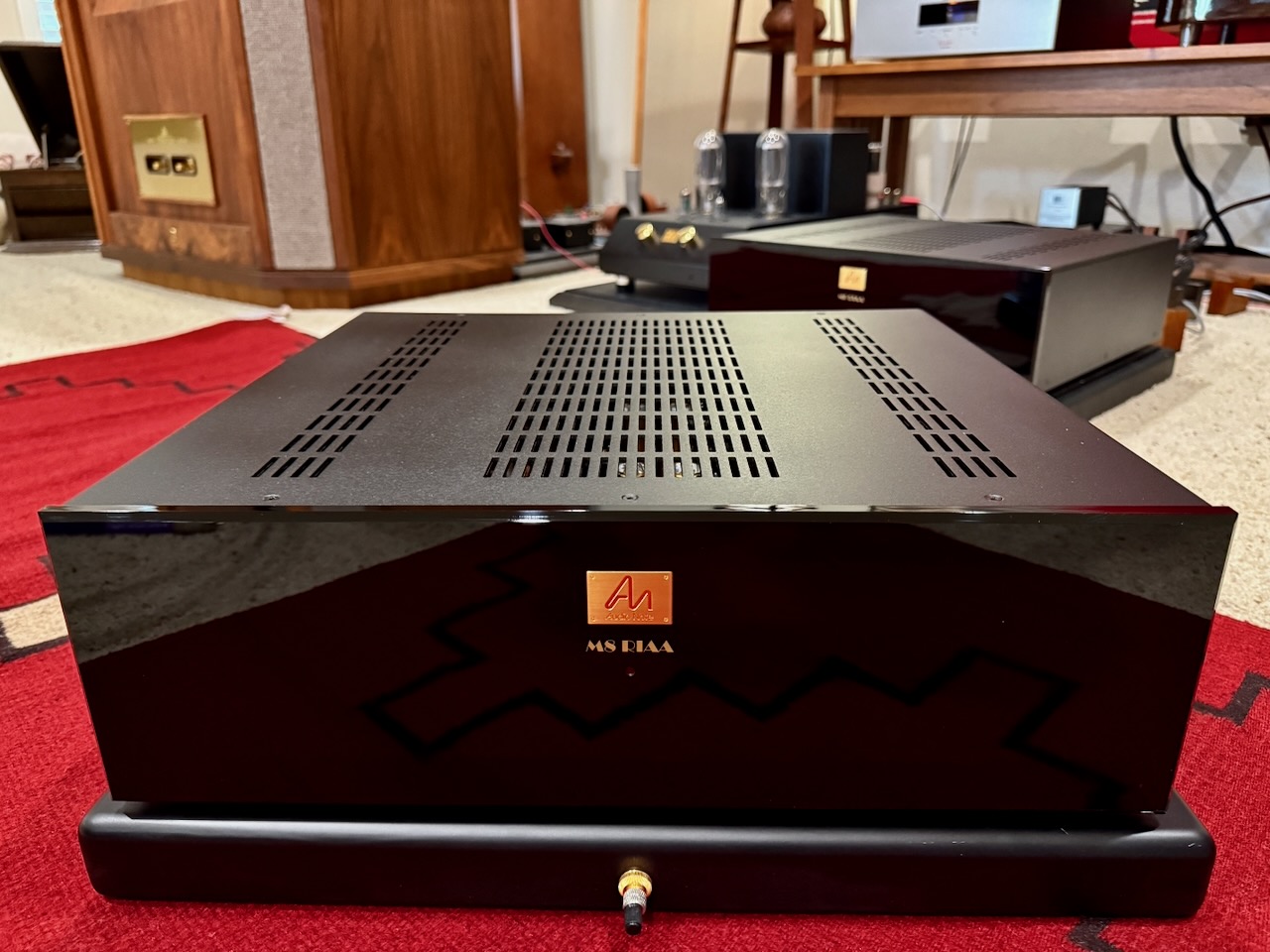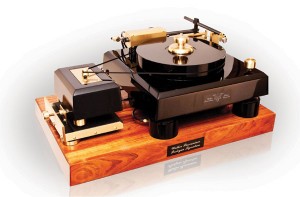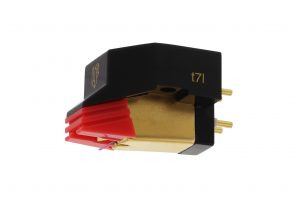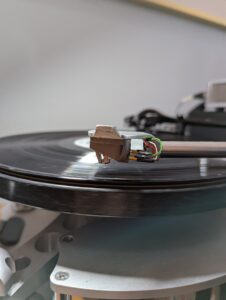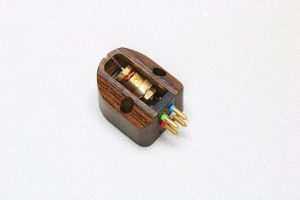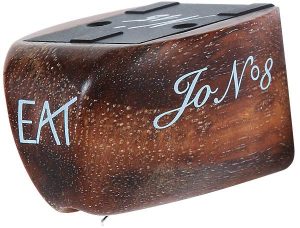I get emails from audio enthusiasts and music lovers around the world asking for recommendations of a relatively affordable phonograph cartridge that is warm, dimensional, musical, and has relatively high output so you don't have to use an expensive step-up transformer with it to play music.
I have found that particular combination of traits in a phonograph cartridge to be a rather tall order, and as a result I really haven't had as good an answer for those sort of inquiries as I would like.
So I thought I'd do some research on the topic in hopes of being able to find a phonograph cartridge with those qualities that merits a recommendation, and my research led me to Peter Ledermann of Soundsmith fame, whose original Carmen phonograph cartridge has been described as just such a music machine by Herb Reichert at Stereophile back in May of 2015 (you can read it HERE).
After explaining my phonograph cartridge quest to Positive Feedback Editor Dr. David Robinson, David put me in contact with Peter, whom I told basically what I've written above.
I asked Peter if he would be so kind as to make a recommendation of a Soundsmith cartridge with the desired traits that would work well with my 12-inch Thomas Schick and 12.5-inch Pete Riggle Audio Engineering Woody SPU tonearms, which are the primary tonearms I use on my Classic Turntable Company's Classic 301 and Artisan Fidelity Thorens TD-124 Statement player systems, respectively.
Peter makes low, medium, and high compliance cartridge designs to complement various listeners' tonearm needs, but for my Schick & Woody SPU tonearms Peter recommended both his new Soundsmith Carmen Mk II and Zephyr Mk III phonograph cartridges as being good choices, being medium and low-compliance designs.
Peter said the Carmen Mk II (above) closely matches my criteria of a lush, dimensional, and musical presentation, with a high output of 2.12mV, so a step-up transformer is not necessary.
Peter describes the Zephyr Mk III as having a more detailed presentation, with "… truly remarkable separation and sound stage imaging at a level not previously achievable in a modestly priced design …", also with a high output of 2.4mV.
Peter has sent me both his new Carmen Mk II and new Zephyr Mk III, as well as his MMP3 Mk II phono preamplifier to listen to and write about.
I'll start with the Carmen Mk II phonograph cartridge in this article, and then I'll describe the Zephyr Mk III phonograph cartridge and the MMP3 Mk II phono preamplifier in subsequent articles.
Peter Ledermann is the Soundsmith
Before I delve into the new Soundsmith Carmen Mk II phonograph cartridge, I'd like to tell you more about the fascinating smithy of sound, Peter Ledermann.
Peter opened Soundsmith as a repair center in 1969, at Audio Experts in White Plains, NY, and Peter has now been smithing sound for 47 years!
Since 1969, Peter has taught audio engineering and audio electronics service to students, has worked at RAM Audio in Danbury, CT (1973), was Director of Engineering for the Bozak Corporation in Norwalk, CT (1976), has worked at the IBM T.J. Watson research center thinktank (1980), and then in 1991 Peter left IBM to pursue Soundsmith full time.
After Peter established Soundsmith in 1969, Soundsmith evolved into a specialty repair and restoration center with a stellar reputation, servicing audio equipment from all over the world.
In fact, I plan to get my beloved vintage McIntosh MX110Z tuner-preamplifier to Peter at some point in the future for a check-up & tune-up (and a needed volume pot rebuild), to ensure that I can continue to enjoy its musical charms for the rest of my days.
You can read more detailed bio information about Peter at the Soundsmith web site HERE and HERE, and I recommend reading both links for the additional background they provide.
More specific to this review, Peter has also been designing and building his own cartridges, and rebuilding all brands of cartridges, for more than 45 years now.
After I introduced Jeff's Place readers to Peter's new Soundsmith Carmen Mk II and Zephyr Mk III phonograph cartridges, I got questions about Peter's relationship to Bang & Olufsen (B&O) phonograph cartridges.
Well, it turns out that Soundsmith is the world center of expertise related to B&O phonograph cartridges and is licensed by B&O to manufacture their cartridge designs. If you are a B&O aficionado, or just want to learn more about Soundsmith's B&O phonograph cartridges and services, you can read more about it HERE.
In addition to B&O and Soundsmith phonograph cartridges, Peter also offers phono preamplifiers (like the MMP3 Mk II I'll be telling you about in a future article), various useful accessories, loudspeakers, Strain Gauge cartridge/preamplifier systems, and audio amplifiers, all which you can read more about at the links HERE.
Soundsmith Phonograph Cartridges
Peter currently offers eighteen different Soundsmith phonograph cartridge models that are specifically designed to complement various audio enthusiasts' tastes and system needs. If you have a specific or unique application in mind, I recommend you contact Peter and ask for advice, just as I did.
Peter prefers fixed-coil phonograph cartridge designs to the more ubiquitous moving-coil designs, and he says fixed-coil designs have vast advantages over moving-coil designs in terms of lower internal moving mass, more robust suspension, and flexibility of output levels.
Peter's Soundsmith phonograph cartridges are also unique in that they are all hand-made in the USA, and your initial investment is protected because they are rebuildable multiple times, for 20% or less of the purchase price, depending on the model.
Peter says that the fixed-coil generator has at least a 5 times lower internal mass than a moving-coil generator, which results in much lower stored & reflected energy, and a higher natural resonant frequency / lower amplitude resonance.
In practical performance terms, what this means is that as a cartridge tracks the information in the record grooves, the generator moves up to an incredible 20,000 times a second, so the 5 times lower internal moving mass of the fixed-coil generator becomes significant, making it able to much more accurately track the encoded information, and giving up to 10 times better performance than a moving-coil cartridge is capable of in the same circumstances.
Peter says fixed-coil designs allow for a much more robust suspension than moving-coil designs, which means that the cartridge will have a greater chance of surviving "accidents" as well as being much more likely to stay in perfect internal alignment during long term use.
Specifically, Peter says, "This is because—unlike MC designs where the entire armature and coil assembly is tethered by a single wire, connected to a single point—moving iron designs allow a continuous (and difficult to distort or break) combinational suspension and damping system that is fully-bonded to the moving element. This dual-purpose suspension and damping system is bonded to 90% of the moving element at any tracking force and is not variable as is found in single wire pivot MC designs. This fully-bonded arrangement is not only hard to damage, it all but eliminates azimuth-rotation as a result of long term use—or even accidental abuse."
Peter cites the third major advantage of his fixed-coil designs is that the output levels can be designed to suit any preamp without changing the voicing of the cartridge, which means that you can boost output level and eliminate the need for an expensive step-up transformer.
Two of my three phono preamplifiers require step-up transformers for low output moving-coil cartridges, so not having to worry about the expense of extra step-up's is a big plus for me.
Peter says, "An important consideration of fixed coil designs is that the coil designs themselves can be changed (even to mono designs) without changing the moving mass of the system. This means that for a given model design the output levels can be specified to suit any preamp requirement, without changing any other specification of a developed cartridge model. In contrast with an MC design, the addition of many additional layers of wire windings can add substantially to the problems of high moving-mass."
Peter has a more detailed description of the benefits of the fixed-coil designs' lower moving mass, more robust suspension, and flexibility of output levels, that you can read at his website HERE.
The New Soundsmith Carmen Mk II Phonograph Cartridge
Peter says that he developed the new Carmen Mk II as an affordable ($1000 USD), high-performance design, with purity of tone, a slightly lush and ultra-smooth presentation, and a well-developed midrange, being its primary voicing considerations.
The Carmen Mk II is a fixed-coil design, with a stylus that is a true hyper-elliptical shape, the cantilever is aluminum alloy, output is a high 2.12mV, the tracking force is from 1.3 to 1.6 grams (standard medium-compliance, with high-compliance as a special-order option), and the cartridge is housed in a handmade ebony wood body.
The Carmen Mk II is also available as a dual-coil mono cartridge should you want to get your mono groove on. There is a 2-year warranty to the original owner, and the Carmen Mk II can be rebuilt for $199 USD when the time comes for refreshment.
More details on the new Soundsmith Carmen Mk II are available HERE.
Review Systems
For this review of the Soundsmith Carmen Mk II phonograph cartridge I used two different systems, in order to offer broader insights into its musical & sonic performance than one system could provide.
The first system (above photos) used for this review consists of restored vintage Altec A5 Voice of the Theatre loudspeakers with Hiraga-inspired crossovers, Duelund DCA16GA speaker cables, a Leben CS-600 integrated amplifier, with Belden 8402 microphone cable interconnects connecting it to a Leben RS-30EQ phono preamplifier, connected to an Auditorium 23 step-up transformer (SUT) with Belden 8402 microphone cable interconnects, which in turn connects to a Thomas Schick 12-inch tonearm mounted on an Artisan Fidelity Thorens TD124 Statement Long-Base turntable. The phonograph cartridge used as a comparator was the Denon DL-103 with an Audio MusiKraft tunable cartridge shell.




